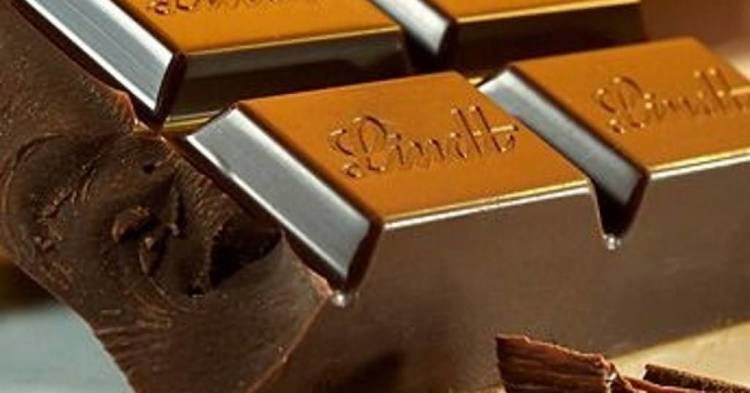Main ingredients Chocolate Main ingredient Chocolate | ||
 | ||
Similar | ||
Swiss chocolate
Swiss chocolate refers to chocolate produced in Switzerland. While cacao beans and other ingredients such as sugar can originate from outside of Switzerland, the actual production of the chocolate must take place in Switzerland. Switzerland's chocolates have earned an international reputation for high quality with many famous international brands.
Contents
Toblerone swiss chocolate
History
The 17th century saw the start of chocolate processed in Switzerland. In the 18th century chocolate was only produced in a few areas, such as the Ticino.
In the 19th and early-20th centuries the following chocolate factories were founded:
In the second half of the 19th century Swiss Chocolate started to spread abroad. Closely linked to this was the invention of Milk Chocolate by Daniel Peter in Vevey and the invention of the conching by Rodolphe Lindt.
Sales market
From the 19th century until the First World War and throughout the Second World War the Swiss chocolate industry was very export-oriented. After the Second World War Switzerland began to outsource production due to commercial restrictions.
Today most Swiss chocolate is consumed by the Swiss themselves (54% in 2000), and Switzerland has the highest per capita rate of chocolate consumption worldwide (11.6 kg (25.6 lbs.) per capita per annum).
In 2004 148,270 tonnes of chocolate were produced in Switzerland. 53% of this was exported (20% to Germany, 11% to France and Great Britain and 13% to North America). The gross income of the Swiss chocolate industry in 2004 was 1.37 billion CHF (814 million from the local market, 551 million from exports).
Industry structure
In 1901 Swiss chocolate producers created the Union libre des fabricants suisses de chocolat . In 1916, this was divided into the Chambre syndicale des fabricants suisses de chocolat and the Convention chocolatière suisse. The former "Chambre syndicale" (today the Chocosuisse) protects the interests of Swiss chocolate producers. The "Convention chocolatière" focused on the quality of the chocolate and sought a uniform price strategy. In 1994 the Convention was disbanded.
